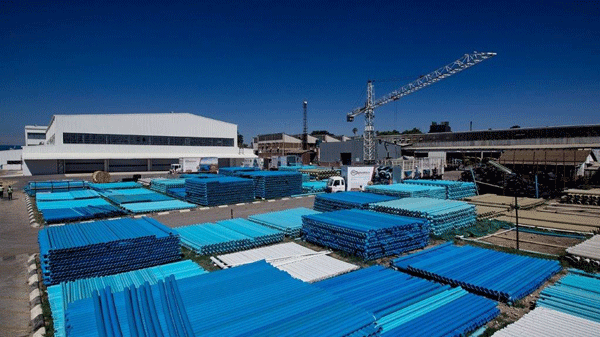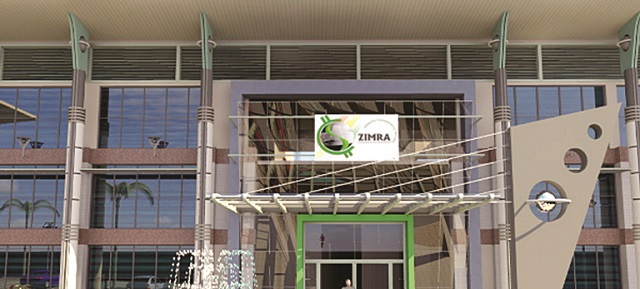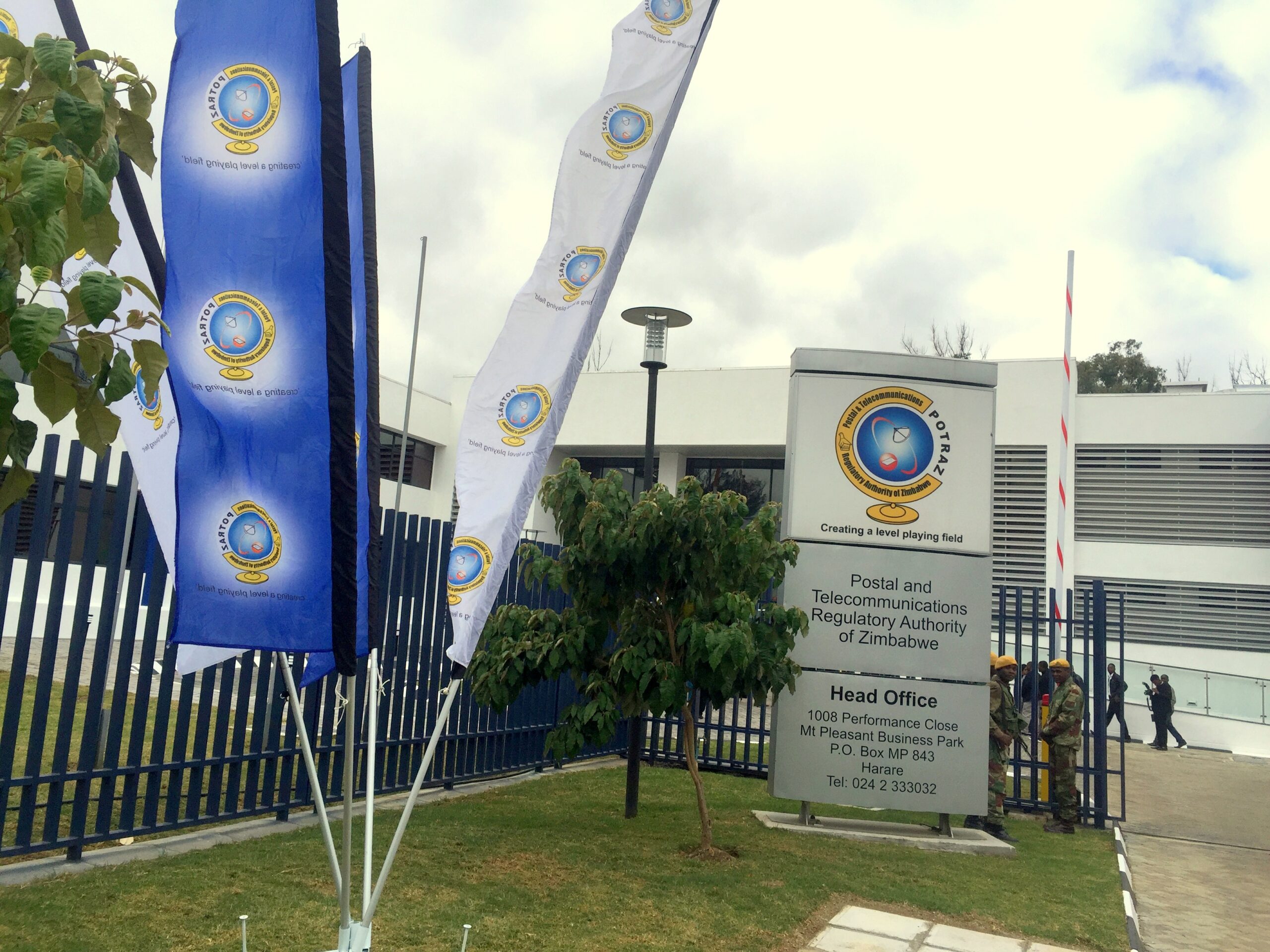Telecoms pour $28bn into capex
The telecommunications sector’s capital expenditure increased to $28, 3 billion in 2022, a 455 percent annual variance from $5, 1 billion in 2021, a notable improvement from low investment during the Covid-19 era.
According to the Postal and Telecommunications Regulatory Authority of Zimbabwe (POTRAZ), the capex was mainly directed at Long-Term Evolution (LTE), 5G, and fibre expansion projects.
Investments by the Mobile Networks Operators (MNOs) stood at $16, 9 billion translating to a 370, 9 percent growth in the year from $3,59 billion in the prior year.
On the other hand fixed telephony investments stood at $3, 4 billion from $455 million, a 653 percent growth in Capex compared to 2021 while Internet Access Providers (IAPs) made $7, 9 billion worth of capital expenditure.
Notable among schemes carried out in the period include projects by Fiber Connections, Econet Wireless Zimbabwe’s (EWZ) capacity expansion and the continuation of NetOne’s National Mobile Broadband (NMBB) program.
Fiber Connections officially commissioned its operations in December as the country intensified the deployment of digital infrastructure.
Fiber Connections, is a wholesale carrier providing fibre connectivity solutions and intends to provide network facilities and network services in Zimbabwe with an immediate target of laying circa 2000 kilometres of fibre along the country’s rail network.
NetOne sustained its NMBB program which is aimed at enhancing growth of the country’s digital connectivity.NMBB is earmarked to install over 340 base stations across the country predominantly 3G, 4G, and 5G technologies as the scheme moves to augment NetOne’s network coverage mainly in border areas countrywide.
The network expansion program speaks to the high-speed provision of data thus enabling business intelligence as information will now be able to flow quite without difficulty.
Econet on the flip side rolled out network upgrades to improve customer carrying capacity and these upgrades included elevation of one hundred sites across the country from 3G to 4G as part of efforts to increase the 4G network coverage. Also, the year saw an increase in the number of licensees in different classes including the granting of one Mobile Virtual Network Operator licence, six Internet Service Provider licenses and one application services license, bringing the total number of telecommunication licenses to 24.
As it stands Zimbabwe now has TelOne as the only Unified Telecommunication Services provider, three MNO s, 10 Internet Access Providers (IAPs) and Fiber Connections as the only provider of international gateway.“The year 2022 was characterized by increased economic activity after the lifting of the Covid-19 restrictions.
E-learning, and e-conferencing continued to be the new norm, further accelerating internet and data usage rates. With the large-scale rollout of 5G and other advances, 2023 will likely be an important year for the telecommunications industry.
“We are likely to see the coming on board of new applications as the Internet of Things ecosystem takes centre stage. Although 5G is very much in the “build” phase, expectations are high as we anticipate more next-generation applications based on 5G,” said POTRAZ in the 2022 annual sector performance report.
However, the trend of growing revenues and growing operating costs persisted into 2022.MNOs revenue grew by 249 percent to a total of $267 billion from $76, 4 billion in the prior year.
The growth in revenues was somehow despondent as operating costs grew 300 percent to $172 billion from $42, 9 billion in the prior comparable period.Fixed telephony segment revenue closed the year at $40 billion against operating costs of $31, 4 billion which grew 270 percent in the period from $8, 5 billion.This was mainly a result of inflation as it wreaked havoc in the first half of the year under review.
“For the sector and the economy to reap full benefits, issues of foreign currency availability, price, and exchange rate disparity as well as power shortages need to be addressed.
“Inflation continued to put upward pressure on prices, thus negatively affecting service affordability in face of dwindling disposable incomes. The credit crunch continues to stifle investment in next-generation technologies that are required to accelerate the digitization path.”
MNOs recorded a 249 percent growth in total revenue earned to close the year under review at $266, 7 billion from $76, 3 billion while the fixed network generated total revenue of $39, 6 billion in 2022.In terms of market share, Econet gained five percent in terms of active subscriber base as NetOne and Telecel lost market share by one percent and four percent respectively.
Mobile penetration rate grew by 0, 3 percent to reach 94, 2 percent as of 31 December 2022 from 93, 9 percent recorded in the same period in 2021.The information and communication technology (ICT) sector is expected to continue growing as it has already proven a key enabler of economic activity during the Covid-19 induced lockdown.-ebusinessweekly










